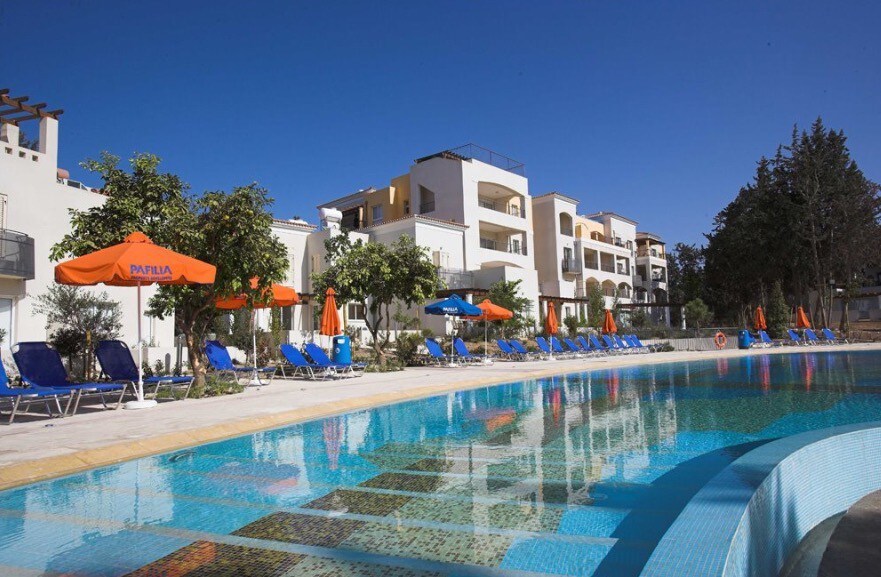

The island was the home of Geryon, who was overcome by Heracles.Ĭomparative table of Hesperides' parentage, number and names Variables By Ephorus and Philistides it is called Erythia, by Timæus and Silenus Aphrodisias, and by the natives the Isle of Juno." "On the side which looks towards Spain, at about 100 paces distance, is another long island, three miles wide, on which the original city of Gades stood. Pliny's Natural History (VI.36) records of the island of Gades: The name was applied to an island close to the coast of southern Hispania, which was the site of the original Punic colony of Gades (modern Cadiz). Įrytheia ("the red one") is one of the Hesperides. " and in the same account, they are described figuratively or literally to have white arms and golden heads. Hespere became a poplar and Eretheis an elm, and Aegle a willow's sacred trunk. The Hesperides could be hamadryad nymphs or epimeliads as suggested by a passage in which they change into trees: ". Euripides calls them "minstrel maids" as they possess the power of sweet song. In addition to their tending of the garden, they have taken great pleasure in singing. Hesperis is appropriately the personification of the evening (as Eos is of the dawn) and the Evening Star is Hesperus. They are sometimes called the "Western Maidens", the "Daughters of Evening", or Erythrai, and the "Sunset Goddesses", designations all apparently tied to their imagined location in the distant west. A certain Crete, possible eponym of the island of Crete, was also called one of the Hesperides.

Their names were: Aegle, Erythea, Arethusa, Hestia, Hespera, Hesperusa, and Hespereia. He believed that they were the seven Hesperides, nymph daughters of Atlas and Hesperis. Petrus Apianus attributed to these stars a mythical connection of their own.

A pyxis has Hippolyte, Mapsaura, and Thetis. An ancient vase painting attests the following names as four: Asterope, Chrysothemis, Hygieia, and Lipara on another seven names as Aiopis, Antheia, Donakis, Calypso, Mermesa, Nelisa, and Tara. However, the historiographer Diodorus in his account stated that they are seven in number with no information of their names. Apollodorus gives the number of the Hesperides also as four, namely: Aigle, Erytheia, Hesperia (or Hesperie), and Arethusa while Fulgentius named them as Aegle, Hesperie, Medusa, and Arethusa. In addition, Hesperia, and Arethusa, the so-called "ox-eyed Hesperethusa". Hesiod says that these "clear-voiced Hesperides", daughters of Nyx (night), guarded the golden apples beyond Ocean in the far west of the world, gives the number of the Hesperides as four, and their names as: Aigle (or Aegle, "dazzling light"), Erytheia (or Erytheis), Hesperia ("sunset glow") whose name refers to the colour of the setting sun, red, yellow, or gold and lastly Arethusa. In another source, they are named Aegle, Arethusa, and Hesperethusa, the three daughters of Hesperus. Hyginus in his preface to the Fabulae names them as Aegle, Hesperie, and Aerica. Apollonius of Rhodes gives the number of three with their names as Aigle, Erytheis, and Hespere (or Hespera). Nevertheless, among the names given to them, though never all at once, there were either three, four, or seven Hesperides. The Garden of the Hesperides by Frederick, Lord Leighton, 1892.


 0 kommentar(er)
0 kommentar(er)
